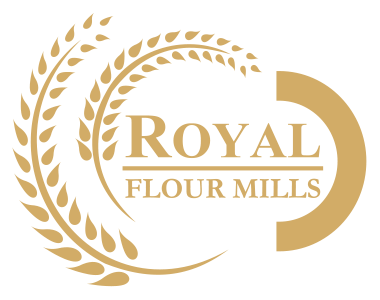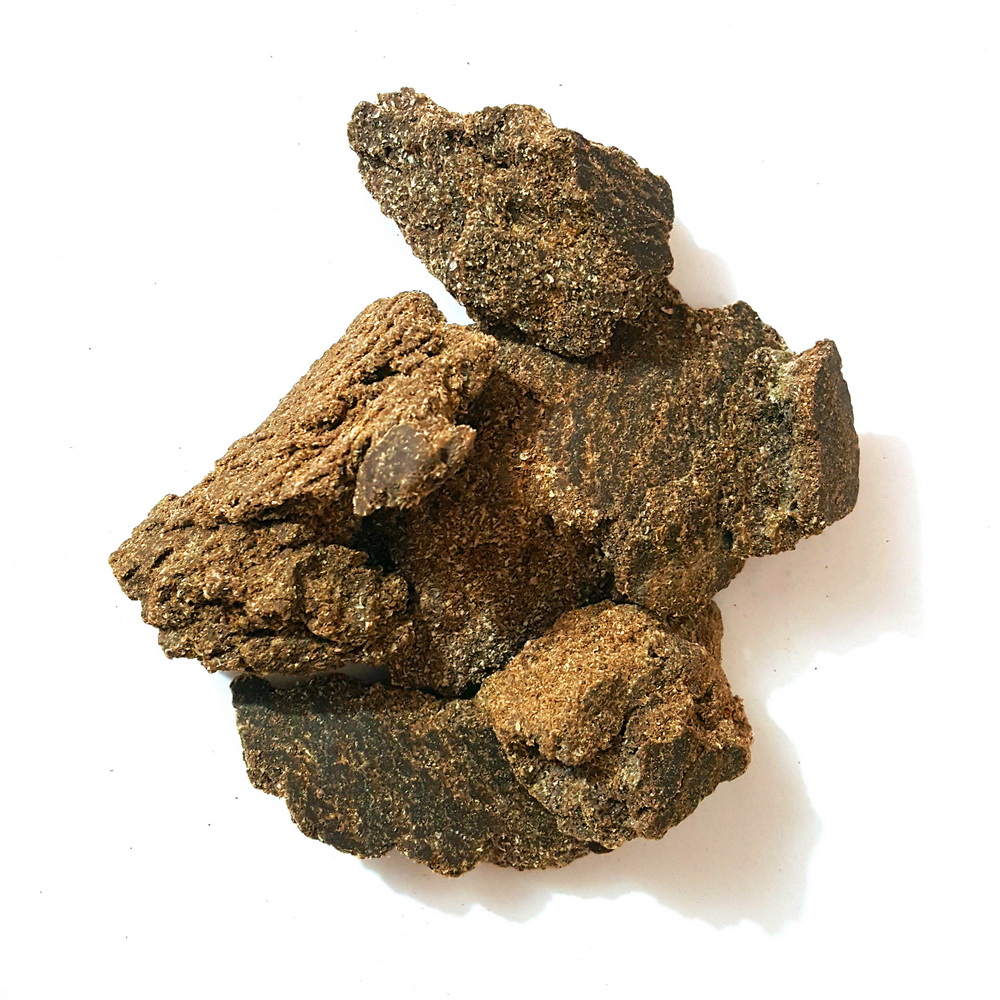Sesame is a tropical and subtropical plant cultivated for its seeds, which yield about 50% of a high-quality edible oil. Sesame oil meal, the by-product of sesame oil extraction, is used as a feed ingredient. Sesame seeds have outstanding amounts of oil and they have a high polyunsaturated fatty acid (PUFA) content. Sesame oil contains about 47% oleic acid and 39% linoleic acid. It is rich in tocopherols and lignans (notably sesamin and sesamolin) that provide exceptional oxidative stability compared to other edible oils.
Several processes exist to extract sesame oil, depending on the end product required. The seed may be dehulled, cooked or roasted, and the oil extracted by mechanical pressure, resulting in a feed-grade, oil-rich sesame cake. Further extraction with solvent results in a feed-grade, low oil sesame flour. Sesame oil cake is the protein-rich by-product obtained after oil extraction.
Depending on the way oil has been extracted, sesame oil meal can be used as a feed for livestock, especially ruminants and poultry, from un-decorticated sesame seeds. It is a valuable source of protein for animals and unlike other oil meals, sesame oil meal is usually obtained by mechanical extraction only (rather by mechanical extraction followed by solvent extraction) and its residual oil content is high.

